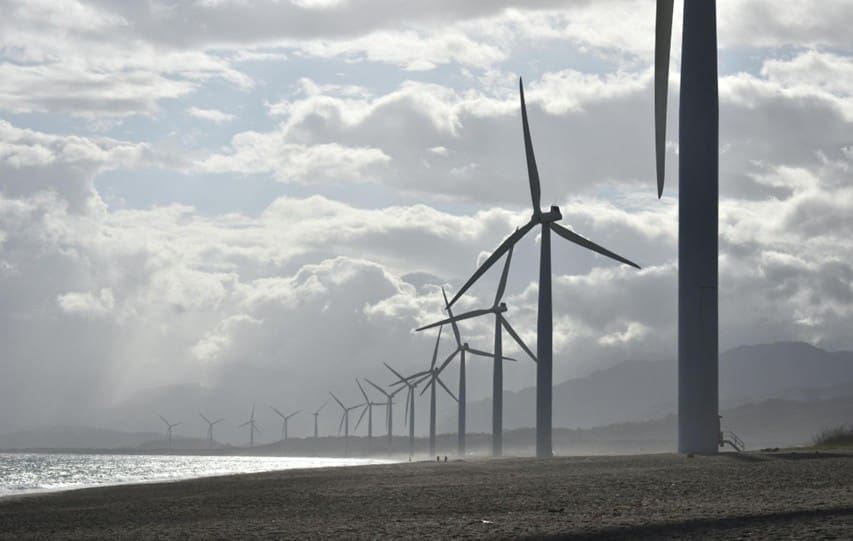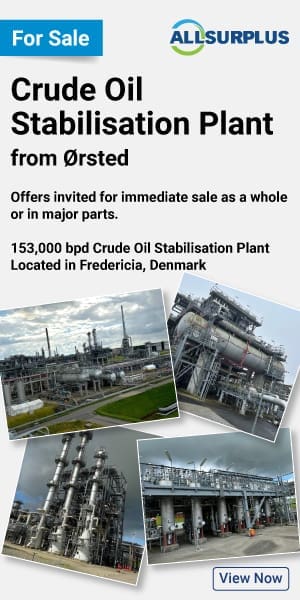In the race to optimize renewable energy systems, motion control is no longer optional—it’s essential. Automation and servo-based control are at the heart of managing precision tasks in wind turbines, solar arrays, and hydroelectric plants. Without them, modern energy systems would lose both efficiency and reliability.
As global energy strategies shift toward smart grids and decentralized storage, the need for accurate motion systems grows. You’re not just generating power anymore—you’re orchestrating a dynamic ecosystem of inputs, outputs, and predictive responses. And that’s exactly where servo drives come into play. Servo drives from ADVANCED Motion Controls offer the precision and reliability required to manage these complex, responsive energy environments.
What Are Servo Drives and How Do They Work in Renewable Energy Systems?
A servo drive is an electronic amplifier that receives a command signal from a control system, amplifies it, and sends electric current to a servo motor to produce motion. The system continually monitors position, velocity, and torque using feedback sensors, adjusting performance in real time.
In renewable energy systems, servo drives handle motion control tasks in solar tracking systems, wind turbine alignment, and hydroelectric gate adjustments. Their precision and responsiveness help balance inconsistent energy inputs with smooth, optimized operation.
Core functions of servo drives include:
- Position control
- Speed regulation
- Torque optimization
- Feedback processing
Why Are Servo Drives Essential in Renewable Energy Applications?
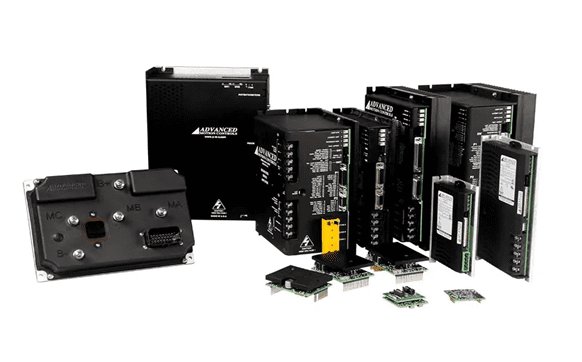 Unlike traditional power systems, renewable energy setups are inherently variable. Wind speeds fluctuate. Sunlight intensity changes hourly. Water flow may surge or stall. These inconsistencies demand high-speed feedback and micro-level control, which servo drives provide.
Unlike traditional power systems, renewable energy setups are inherently variable. Wind speeds fluctuate. Sunlight intensity changes hourly. Water flow may surge or stall. These inconsistencies demand high-speed feedback and micro-level control, which servo drives provide.
Key benefits of servo drives in renewable systems:
- High precision control
- Energy efficiency
- Real-time adaptability
- Long-term system reliability
How Do Servo Drives Enhance Solar Energy Systems?
Solar energy systems often rely on physical motion to maximize output—whether through solar tracking systems or cleaning mechanisms. Servo drives manage the movement of solar panels to ensure they always face the optimal angle, regardless of time or weather.
In solar systems, servo drives enable:
- Dual-axis tracking
- Motorized cleaning mechanisms
- Load handling during variable sunlight
How Are Servo Drives Used in Wind Energy Systems?
In wind turbines, servo drives play a critical role in safety and power generation. They control the pitch of the blades to optimize rotational speed, manage yaw systems to face the wind correctly, and regulate the generator to match torque requirements.
Servo drive functions in wind energy include:
- Blade angle optimization (pitch control)
- Turbine orientation (yaw control)
- Generator torque regulation
What Is the Role of Servo Drives in Hydropower Automation?
Hydropower systems require synchronized and adaptable motion control, especially in variable-flow environments. Servo drives help maintain ideal turbine performance, manage gate movements, and adjust flow to match grid demand.
Servo-driven tasks in hydro systems include:
- Turbine gate positioning
- Flow rate adjustment
- Synchronization with power grid
What Are the Main Components of a Servo Drive System?
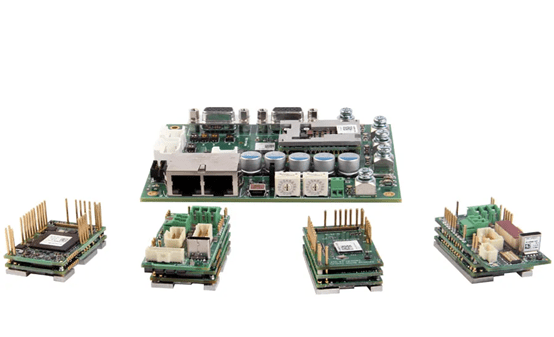 Every servo drive system combines electrical and control hardware designed for precise motion execution.
Every servo drive system combines electrical and control hardware designed for precise motion execution.
Key components include:
- Servo motor
- Drive amplifier
- Feedback sensor (encoder or resolver)
- Controller (PLC or motion controller)
- Communication interface (EtherCAT, CANopen, etc.)
What Are the Top Performance Parameters for Servo Drives in Renewable Systems?
Performance isn’t just about speed. Servo drives must meet multiple technical criteria to perform reliably in the field.
Critical parameters include:
- Torque range
- Speed accuracy
- Response time
- Power efficiency
- Environmental ratings (IP, temperature, vibration)
How Do Different Types of Servo Motors Compare for Renewable Applications?
Servo motors come in various types, each offering unique benefits and limitations depending on the specific needs of a renewable energy system.
AC Servo Motors
AC servo motors are well-suited for applications that require high torque at high speeds, making them ideal for dynamic environments like wind turbines. However, they often require more complex control systems, which can increase setup and integration costs.
DC Servo Motors
DC servo motors are valued for their simplicity and affordability. They are easy to implement in basic renewable setups but generally offer lower efficiency and a shorter operational lifespan compared to other motor types.
Brushless Servo Motors
Brushless servo motors are known for their durability and low maintenance requirements. They deliver long service life and reliable performance, especially in continuous-use applications. The trade-off is a higher upfront cost and the need for more advanced controllers.
Stepper Motors with Servo Control
Stepper motors enhanced with servo control are ideal for tasks that require precise, low-load movements, such as small-scale solar tracking. However, they tend to produce less torque, which limits their use in larger, high-demand systems.
What Challenges Do Servo Drives Help Solve in Renewable Energy Systems?
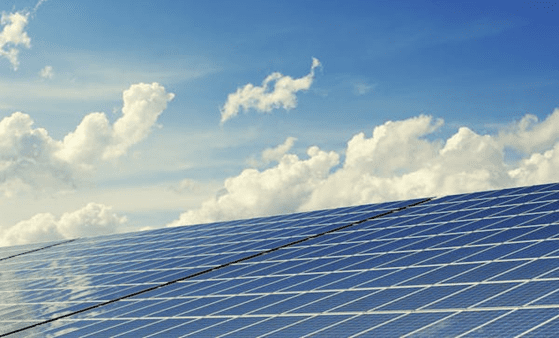 Renewable systems are constantly exposed to unpredictable operating environments. Unlike conventional energy setups, these systems face fluctuating loads, variable climates, and non-linear response demands. Servo drives solve these challenges with responsive motion control and real-time feedback.
Renewable systems are constantly exposed to unpredictable operating environments. Unlike conventional energy setups, these systems face fluctuating loads, variable climates, and non-linear response demands. Servo drives solve these challenges with responsive motion control and real-time feedback.
Servo drives help mitigate:
- Load fluctuation
- Harsh environmental conditions
- Precision alignment
- Power optimization
What Are the Main Advantages of Using Servo Drives in Renewable Energy?
Beyond motion control, servo drives enable smarter energy production and lower lifetime costs. Their built-in diagnostics and remote programmability support long-term scalability for both centralized and off-grid systems.
Key advantages include:
- Improved energy yield
- Lower maintenance requirements
- Remote diagnostics and control
- Flexible integration with smart grids
- Scalable system designs
What Industries Are Integrating Servo Drive-Based Renewables?
Servo technology is no longer confined to large utilities. Its efficiency and flexibility make it ideal for industries that need precise, autonomous energy management.
Examples of industry applications:
- Utilities: Large-scale wind and solar farms
- Agriculture: Solar irrigation, robotic farming
- Commercial: Rooftop tracking systems, smart buildings
- Off-grid sectors: Remote energy kits, emergency power
How Do Servo Drives Improve Energy Storage System Performance?
Energy storage systems benefit greatly from motion and power regulation. Whether controlling discharge rates in flywheels or balancing loads in hybrid arrays, servo drives ensure power is delivered safely and predictably.
Servo drive contributions to energy storage:
- Voltage regulation
- Fast discharge response
- Load balancing in hybrid systems
What Are Important Design Considerations When Integrating Servo Drives into Renewable Energy Systems?
Successful integration means more than just choosing a powerful drive. Environmental demands, system architecture, and communication compatibility all influence long-term performance.
Key considerations include:
- System load profile
- Communication protocol compatibility
- Power supply and battery configuration
- Environmental sealing
- Maintenance access
What Are the Safety Considerations When Using Servo Drives in Renewable Setups?
Safety features are critical when systems operate in remote or extreme conditions. Servo drives must meet high safety standards while offering fast response to unexpected scenarios.
Essential safety features:
- Overvoltage protection
- Emergency braking systems
- Redundant motion control
- Thermal shutdown features
- Safety certifications (UL, CE, IEC 61800-5-2)
How Can Servo Drives Contribute to Predictive Maintenance in Renewables?
Predictive maintenance reduces downtime and extends equipment life. With real-time data and diagnostics, servo drives help operators anticipate issues before they cause failures.
Predictive maintenance capabilities:
- Built-in diagnostics
- Vibration analysis
- Real-time feedback monitoring
- Remote alerts and cloud integration
What Role Do Servo Drives Play in Grid Integration and Smart Energy Systems?
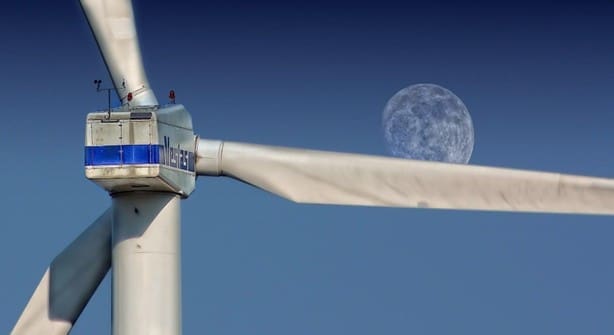 To keep renewable energy synchronized with the grid, servo drives interface with grid controllers, converters, and inverters. This allows for smoother energy exchange and reduced losses.
To keep renewable energy synchronized with the grid, servo drives interface with grid controllers, converters, and inverters. This allows for smoother energy exchange and reduced losses.
Servo drive functions in smart energy systems:
- Frequency matching
- Load shedding
- Fault isolation
- Demand-response optimization
How Do You Select the Right Servo Drive for a Renewable Energy Application?
Choosing the right servo drive depends on the system’s environment, motion needs, and network architecture. Fitting the wrong drive can lead to inefficiencies or even system failure.
Selection criteria:
- Load characteristics
- Motion profile needs
- Environmental conditions
- Communication protocol requirements
- Power availability
- Size and weight constraints
What Are the Best Brands or Servo Drive Products for Renewable Systems?
The best servo drives for renewable energy are built for harsh environments, support common protocols, and come from vendors with strong support and documentation.
What to look for:
- Proven reliability in outdoor/harsh environments
- Efficient power consumption
- Support for renewable-friendly protocols (e.g., Modbus, EtherCAT)
- Industry reputation and support
What Are Alternative Motion Control Technologies to Servo Drives in Renewable Energy?
While servo drives offer precision and flexibility, other technologies may be suitable depending on cost, scale, and complexity.
Alternative options:
- Stepper motors – Simple, good for smaller systems
- Hydraulic actuators – High force, but bulky and less precise
- Pneumatic systems – Fast but less energy efficient
- Linear actuators – Good for simple push/pull needs
- Smart inverters – No physical motion, but enable electronic power optimization
How Is AI Enhancing Servo Drive Performance in Renewable Energy Systems?
Artificial intelligence is pushing servo technology into a smarter, more adaptive future. By analyzing motion data and predicting patterns, AI improves both performance and lifespan.
AI-enabled features:
- Machine learning for motion tuning
- Predictive wear analysis
- Adaptive torque management
- Real-time environmental response
What Trends Are Shaping the Future of Servo Drive Use in Renewable Energy?
As energy systems grow more complex and distributed, servo drives are evolving to meet new challenges.
Emerging trends include:
- Integration with IoT sensors
- Miniaturization for mobile/off-grid use
- Enhanced energy harvesting strategies
- Decentralized control architectures
- Cross-sector standardization
Conclusion
Servo drives aren’t just motion devices—they’re enablers of smarter, more responsive renewable energy systems. By bringing precision, adaptability, and intelligence to everything from solar trackers to hydro turbines, they help bridge the gap between raw energy and usable power.
As AI, IoT, and grid integration accelerate the clean energy transition, servo-driven systems are becoming foundational. If you’re investing in the future of renewables, this is one technology you don’t want to overlook.

